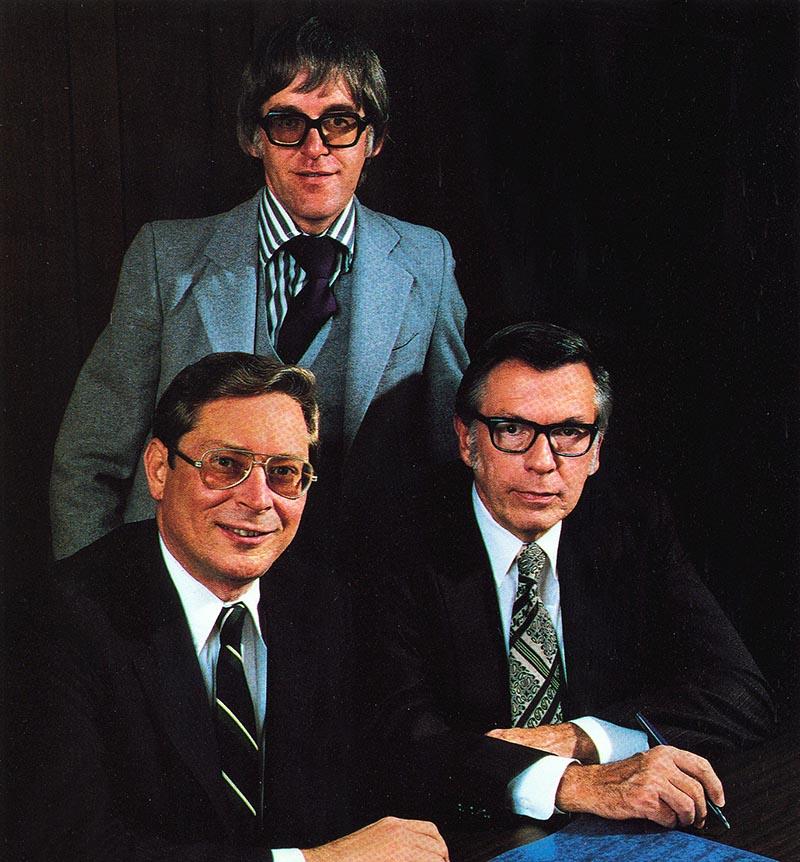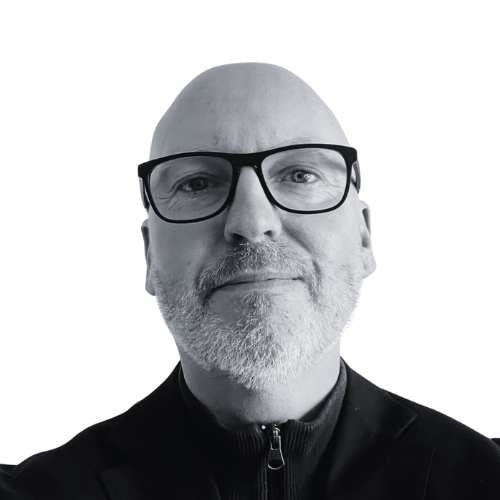Artificial Intelligence
Net zero
Quantum
Wise words and waggishness… December 2025
Reading time: 5 mins
Last week was the 40th anniversary of the UK’s first major semiconductor launch, the Transputer
“We went out, found a darkened bar and settled down. I just wanted to go to sleep. Petritz sat next to me and after a few minutes he said ‘Pssst! Want to start a new semiconductor company?’”
For Iann Barron, the founding of Inmos was a complete accident and yet it remains one of Britain’s boldest industrial bets. Barron met Dr Richard L Petritz (a co-founder of Inmos) at an event in Canada in 1977. And just a few months later, after he’d sketched out a business plan at his kitchen table between rounds of Monopoly with his children, the UK government had signed off on a £50m investment.

It was an extraordinary achievement and something of a gamble, to set up a state-backed semiconductor company designed to take on Silicon Valley and Tokyo, at a time when Britain’s old industrial base was crumbling. Inmos would be headquartered in Bristol with manufacturing in Newport, South Wales, and tasked with building not just a chip, but an industry.
By 1985, the company had launched the Transputer, a microprocessor that promised not just faster performance but a radically different approach. Each chip could link directly with others, enabling scalable parallel computing, a “computer on a chip.” The ambition outpaced the market, but the idea was right. Today’s multi-core processors and AI accelerators echo the principles Inmos was pushing 40 years ago.
As Professor Simon McIntosh-Smith, director of the Bristol Centre for Supercomputing at the University of Bristol, notes, Bristol was already at the forefront of high tech in 1985, when the Inmos Transputer launched on 1 October.
“The Transputer was a marvel of its time,” he says. “A microprocessor so advanced it had features that were years ahead of its competition. Bristol’s importance to the tech industry has continued ever since, most recently demonstrated by the Bristol Centre for Supercomputing’s £225 million Isambard-AI project, one of the world’s most powerful AI supercomputers. Importantly, there are significant connections between Isambard-AI and the Inmos Transputer. The former would not have happened at all without the latter.”
When Inmos unveiled the Transputer in 1985, it wasn’t just another microprocessor. Its innovation was architectural.
Most chips of the era focused on doing one task faster. The Transputer was designed to link directly to other processors, making it easy to build powerful systems by wiring multiple chips together. Each Transputer had its own processor, memory, and high-speed communication links, making it effectively a self-contained computer.
This idea of scalable parallel computing anticipated the way today’s multi-core processors, GPUs and AI accelerators work. While the market in the 1980s wasn’t ready, the principles of the Transputer, breaking problems into parts and running them simultaneously, underpin much of modern high-performance computing.
For those who passed through it, Inmos was more than a company. Engineers, designers and entrepreneurs cut their teeth in Bristol and Newport before carrying that expertise into future ventures. One of these was Nick Sturge, a serial entrepreneur, who co-founded Motion Media Technology, and remains a key figure in the Bristol and Bath tech start-up scene.
“The investment by the UK government in 1977 of £50m has led to well over £1bn of investment (and re-investment of entrepreneurial spoils) since then,” he says. “Many tech start-ups directly span out of Inmos, including the one I co-founded [Motion Media Technology] and IPO’d in 1996, but the legacy of the talent here is more profound, with many globally-relevant innovations coming from those who learned the trade – and/or earned their £millions – from that Inmos investment.”
Yet Inmos’s life was never easy. Born under a Labour government, it quickly faced political headwinds. Margaret Thatcher, who came to power in 1979, took a dim view of state intervention and resisted further support. Inmos never enjoyed the political tailwinds of Intel in the US or NEC in Japan. By 1984, it was sold to Thorn EMI, a move driven as much by ideology as economics. Ironically, it became one of the few profitable National Enterprise Board projects.
As Tom Collins, who worked at Inmos in the 1980s, remembered on LinkedIn:
“The UK government made a profit when Inmos was sold to Thorn EMI. In other words, 45 years of semiconductor employment on the site was achieved at zero cost to the government. And Inmos was the only NEB investment to be sold at a profit.”
The company eventually became part of STMicroelectronics, but its influence never faded. The Newport fab provided thousands of jobs for decades, while Bristol grew into a centre for chip design and photonics. Alumni helped shape Arm and XMOS, and seeded a culture of reinvestment that is still visible in the south west’s semiconductor cluster today.
Fast forward to the present, and the UK government is once again placing a big bet. Its £1bn National Semiconductor Strategy is focused on compound semiconductors, advanced chip design and university-industry collaboration. Bristol’s photonics labs, Cardiff’s Institute for Compound Semiconductors and Newport’s wafer fab are a key part of this strategy, as is the new Isambard-AI supercomputer at the National Composites Centre.
The lesson from Inmos is not that every bold investment creates a global giant. The Transputer never conquered the market. But ecosystems can endure and generate innovation and growth. What began in a bar in Toronto in 1977, and was fuelled by a £50m government cheque, has compounded into billions in reinvestment, innovative start-ups, and a regional cluster that continues to punch above its weight.
Government can, with the right ambition, plant seeds that flower decades later. The question now is whether the UK can take that legacy of talent and excellence, seeded in Bristol almost half a century ago, and this time, scale it.

Working as a technology journalist and writer since 1989, Marc has written for a wide range of titles on technology, business, education, politics and sustainability, with work appearing in The Guardian, The Register, New Statesman, Computer Weekly and many more.
Quantum
Reading time: 10 mins
Quantum
Reading time: 10 mins
Quantum
Reading time: 11 mins
Robotics
Reading time: 1 mins
Quantum
Reading time: 3 mins